In today’s data-driven world, businesses and individuals are constantly looking for ways to harness the power of data to make better decisions. One tool that has proven to be invaluable for this purpose is ChatGPT, a natural language processing model developed by OpenAI. In this article, we’ll explore how you can use ChatGPT for data analysis, discuss its benefits, and provide practical tips for getting started.
What is ChatGPT?
Brief Overview of ChatGPT
ChatGPT, or the Chatbot based on the Generative Pre-trained Transformer, is an advanced AI model developed by OpenAI. It’s designed to understand and generate human-like text, making it perfect for various applications, including data analysis.
How ChatGPT Works
ChatGPT works by analyzing large datasets and generating text in response to prompts. It’s been trained on diverse sources, allowing it to produce relevant and coherent responses, even to complex queries. By utilizing its natural language processing capabilities, you can analyze your data, gain insights, and make informed decisions.
Benefits of Using ChatGPT for Data Analysis
Time Savings
ChatGPT helps automate data analysis, allowing you to save time on repetitive tasks and focus on more strategic aspects of your work.
Improved Decision-Making
ChatGPT can help you make better decisions and develop more effective strategies by providing insights based on the data you input.
Enhanced Collaboration
ChatGPT’s ability to generate human-like text enables better communication with team members, as you can easily share insights and collaborate more effectively.
Getting Started with ChatGPT for Data Analysis
Setting up ChatGPT
To start using ChatGPT for data analysis, you must sign up for an API key through OpenAI and integrate it into your preferred data analysis tool or platform.
Inputting Data
Once set up, you can input your data into ChatGPT using prompts. These prompts should be specific and clear to ensure accurate and relevant insights.
Generating Insights
After inputting your data, ChatGPT will generate text based on the information provided. You can then review and use the generated insights to guide your decision-making process.
Examples of ChatGPT in Data Analysis
- Sales Data Analysis ChatGPT can help analyze sales data, identify trends, and provide insights into customer preferences and buying patterns.
- Social Media Analysis By analyzing social media data, ChatGPT can help you understand user sentiment, discover popular topics, and identify influencers.
- Financial Data Analysis ChatGPT can also be used to analyze financial data, such as stock market trends, company performance, and economic indicators, assisting you in making informed investment decisions.
Tips for Using ChatGPT Effectively
- Refining PromptsTo get the most accurate and relevant results, refine your prompts, ensuring they’re specific and clear.
- Understanding LimitationsWhile ChatGPT is a powerful tool, it’s essential to recognize its limitations, such as potential biases in the training data and occasional inaccuracies in the generated text.
- Iterating and ImprovingContinuously iterate and improve your prompts and data inputs to enhance the accuracy and relevance of ChatGPT-generated insights.
Conclusion
ChatGPT is a powerful tool for data analysis, offering time savings, improved decision-making, and enhanced collaboration. By setting up ChatGPT, inputting data, and generating insights, you can leverage this AI model to make better decisions and streamline your data analysis processes.
With a better understanding of how ChatGPT works and the tips provided in this article, you’ll be well-equipped to harness the power of this advanced AI model for your data analysis needs.
FAQs
- What is the main advantage of using ChatGPT for data analysis? The main advantage of using ChatGPT for data analysis is its ability to process large datasets quickly and provide human-like, coherent insights, leading to better decision-making.
- How do I start using ChatGPT for data analysis? To start using ChatGPT, sign up for an API key through OpenAI and integrate it into your preferred data analysis tool or platform.
- Can ChatGPT replace traditional data analysis methods? While ChatGPT can greatly assist and streamline the data analysis process, it’s essential to use it with traditional data analysis methods to ensure a comprehensive understanding of your data.
- Is ChatGPT suitable for all types of data analysis? ChatGPT can be applied to various data analysis tasks, such as sales, social media, and financial data analysis. However, it’s important to recognize its limitations and use it in combination with other tools and methods.
- How can I improve the accuracy of ChatGPT-generated insights? To improve the accuracy of ChatGPT-generated insights, refine your prompts, ensure they’re specific and clear, and continuously iterate and improve your data inputs.







Leave a Reply